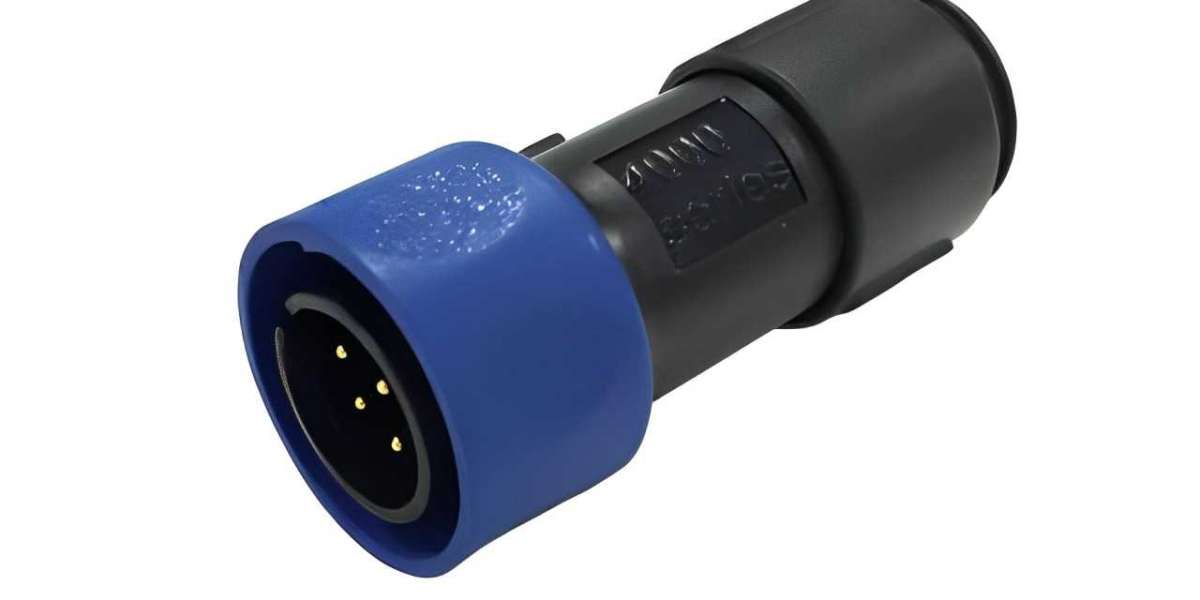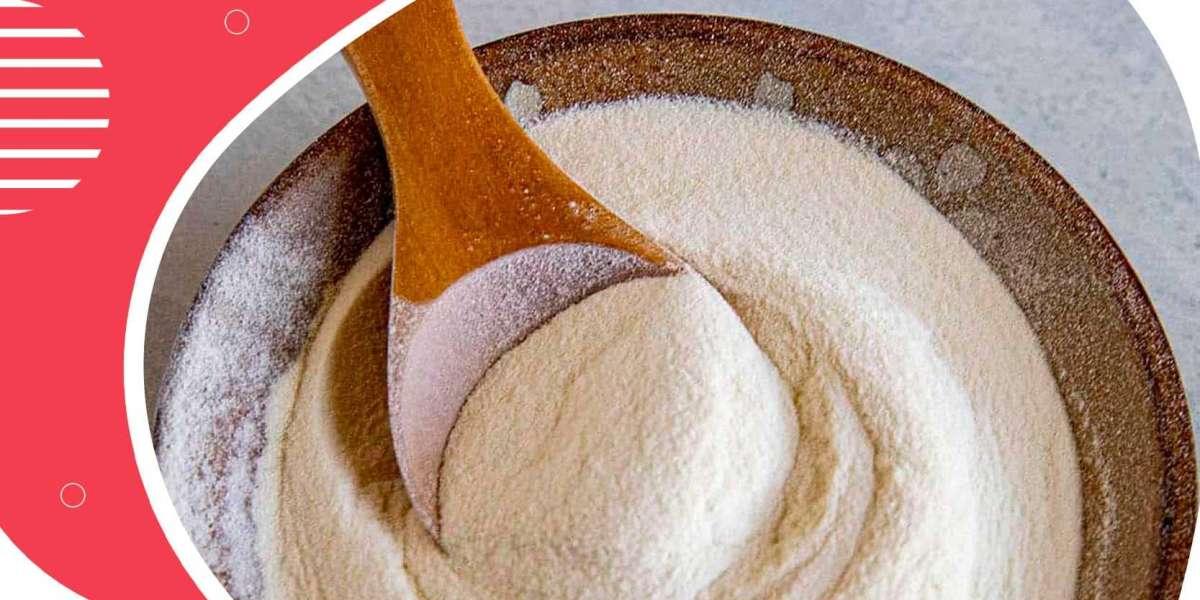Introduction to Connectors
Connectors are critical components in nearly all electronic devices. They are responsible for connecting the electrical and communication circuits in a device without causing data or power loss. The design and selection of connectors impact not only the efficiency of the connection but also the performance and reliability of the entire system.
Types of Connectors
Electrical Connectors
Electrical connectors are primarily used to transmit electrical power and signals within and between devices. They vary widely in design, size, and functionality. Some common types of electrical connectors include:
- Pin and Socket Connectors: These connectors consist of male (pin) and female (socket) ends, ensuring a secure fit. They are commonly used in automotive and industrial applications.
- Terminal Blocks: These are modular, insulated blocks that secure two or more wires together and are used in building wiring and electrical control systems.
- Power Connectors: Designed to handle higher voltages and currents, these connectors are used in computers, servers, and other electronic equipment.
Data Connectors
Data connectors are essential for transmitting data in telecommunication systems, computers, and high-speed networks. Popular data connectors include:
- USB Connectors: Universal Serial Bus (USB) connectors are used to connect peripherals to computers and charge devices. They come in various forms, such as USB-A, USB-B, and USB-C.
- RJ45 Connectors: Often referred to as Ethernet connectors, they are used to connect computers to networks to provide high-speed LAN internet access.
- Fiber Optic Connectors: These connectors are designed for high-speed data transmission using light through optical fibers. Common types include SC, LC, and MTP connectors.
Specialty Connectors
These connectors are designed for specific applications and may offer enhanced resistance to environmental hazards, such as water, dust, and vibration. Examples include:
- Circular Connectors: Used in aerospace and defense for their robust and secure connections.
- Automotive Connectors: These are specifically designed to withstand the harsh environments of automotive applications, dealing with vibrations and temperature fluctuations.
Choosing the Right Connector
Selecting the right connector involves considering several factors:
- Current and Voltage Requirements: The connector must be able to handle the power requirements of the device without overheating or electrical failure.
- Environmental Conditions: Consider conditions such as temperature, moisture, and chemical exposure. Specialized connectors with enhanced protection may be required for harsh environments.
- Frequency and Data Rate: For data connectors, the frequency and the data rate are crucial. High-speed applications may require connectors that can handle higher frequencies and provide lower latency.
- Physical Space: The amount of space available can dictate the size and shape of the connector. Miniaturized connectors are available for applications with limited space.
Installation and Maintenance of Connectors
Proper installation and maintenance are crucial to ensuring that connectors continue to function efficiently and reliably:
- Installation Practices: Follow the manufacturer’s guidelines for installation. Incorrect installation can lead to loose connections, resulting in failures and safety hazards.
- Regular Inspections: Regularly check connectors for signs of wear, corrosion, or damage. This is especially important in industrial applications where connectors are frequently exposed to harsh conditions.
- Cleaning: Keep connectors clean and free from debris to ensure good contact and to prevent failures. Special cleaning kits are available for sensitive connectors like fiber optic types.
Future Trends in Connector Technology
The advancement of connector technology continues to be driven by the need for faster data transmission, higher power handling, and miniaturization. Future trends include:
- Smart Connectors: These connectors incorporate sensors and data processing capabilities to monitor connection status and performance.
- Modular Connectors: These offer greater flexibility and scalability, allowing users to customize the connectivity solutions as per their specific needs.
- Eco-friendly Connectors: With increasing environmental awareness, the demand for connectors made from sustainable materials is growing.
Conclusion
Connectors are indispensable components in modern technology, ensuring the effective operation of devices across various industries. Understanding the different types of connectors and their applications, as well as proper selection and maintenance, is essential for any professional involved in the design, installation, or maintenance of electronic systems. With ongoing advancements in technology, connectors will continue to evolve, becoming smarter, more efficient, and more adaptable to the changing needs of both industry and consumers.



